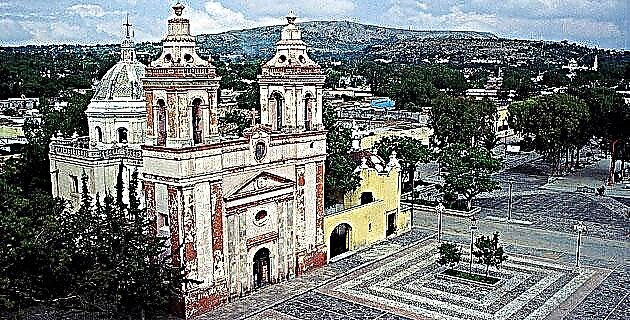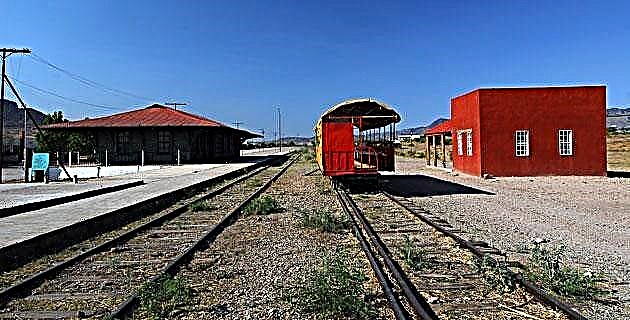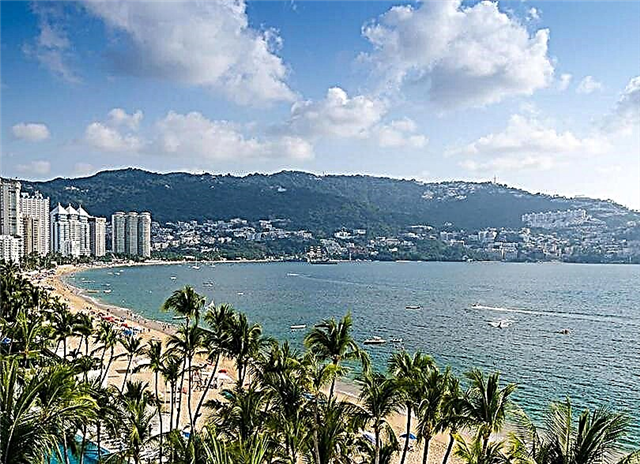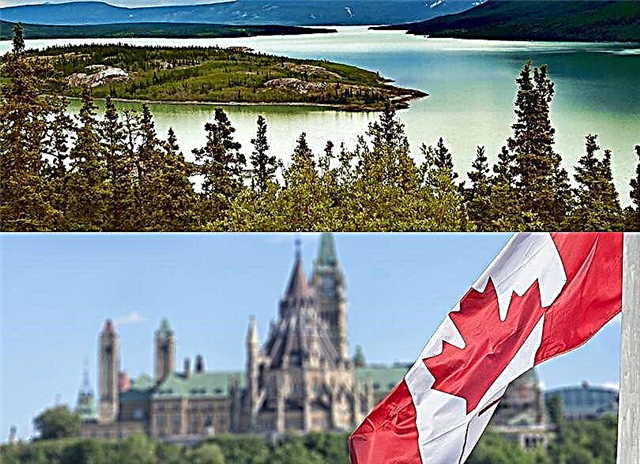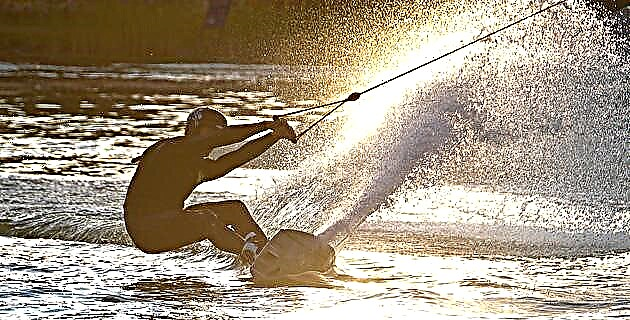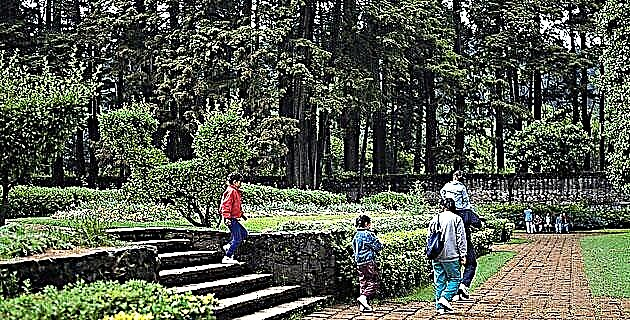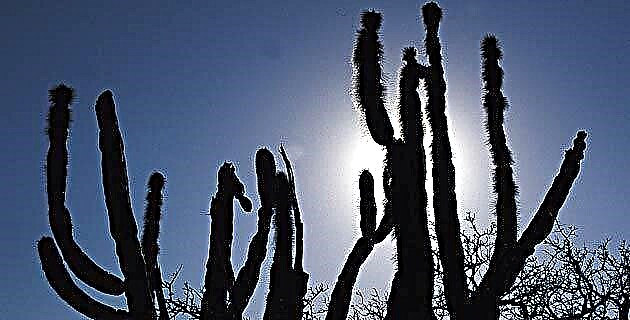
Proportionally small to the rest of the Mexican Republic, the Baja California peninsula is blessed with numerous and different natural environments that favor its enormous tourist attraction.
To the south of the peninsula, in Baja California Sur, one of the largest protected areas in the world is located with an extension of 2, 546, 790 hectares, his name El Vizcaíno, in honor of the man who embarked on an adventure along the Mexican Pacific coast, Sebastian Vizcaíno, soldier, sailor and adventurer who sought to conquer the Californias. His travels, carried out at the end of 16th century and early 17th century, were important explorations to determine the geography of the Baja California peninsula (previously believed to be an island), and its natural wealth.
El Vizcaíno, located in the municipality of Mulege It is one of the five natural regions into which the peninsula has been divided; extends from the mountain ranges of Saint Francis and Saint Martha to the islands and islets of the Pacific Ocean, which includes the Vizcaíno Desert, Guerrero Negro, Ojo de Liebre Lagoon, Delgadito Island, San Ignacio Island, Pelícano Islands, San Roque Island, Asunción Island and Natividad Island, among other.
Declared as Biosphere Reserve the November 30, 1988, The Vizcaíno has a dry desert type climate, warm, with dominant rains in winter; in this region cold winds blow from the sea towards the mainland. The area has diverse ecosystems ranging from semi-desert landscapes to coastal dunes, mangroves and surprising complex lagoons, such as Saint Ignatius and Eye of Hare, which, every year, are visited by the famous Gray whale, which migrate from the polar waters of the north to these coasts in order to reproduce and raise their calves.
On the other hand, in El Vizcaíno a significant number of native plant and animal species of the region have gathered, which are even more important, especially because some of them are in danger of extinction, as is the case of the leatherback turtles and of the loggerhead, of the seals and dolphins; they also live there pelicans, cormorants, ducks, golden eagles and peregrine falcons; cougars, pronghorn, hares and the famous bighorn sheep.
Due to the above and by virtue of its privileged natural situation, the UNESCO declared El Vizcaíno as World Heritage of Humanity, in 1993, title that once again, and to the pride of Mexicans, exalts our country in the concert of the great wonders that Mother Nature endowed the world with.
The El Vizcaíno Biosphere Reserve It is located 93 km southeast of Guerrero Negro, on highway no. 1, deviation to the right at km 75, towards Bahía Asunción, to the town of El Vizcaíno.
baja california sur whalesdessertBlack WarriorWorld Heritage SiteUNESCO
